Aquatic Invertebrates
Media
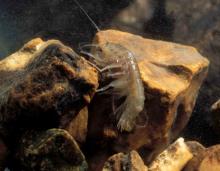
Species Types
Scientific Name
Species in the crustacean order Amphipoda
Description
Often overlooked by people, but eagerly sought by fish, Missouri’s amphipods resemble shrimplike sowbugs. Scuds live in various aquatic habitats, and several species inhabit caves.
Media
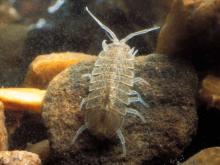
Species Types
Scientific Name
Freshwater members of the crustacean order Isopoda
Description
Everyone knows about terrestrial sowbugs and pillbugs, but many isopod species are aquatic. Missouri has several isopods that live in streams, ponds, rivers, and caves.
Media
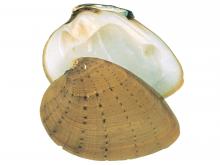
Species Types
Scientific Name
Ellipsaria lineolata
Description
The butterfly is one of the most beautiful of Missouri’s mussels.
Media
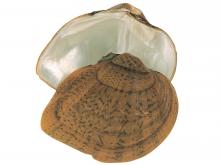
Species Types
Scientific Name
Truncilla truncata
Description
A common mussel in some areas, deertoe have decorative green markings.
Media
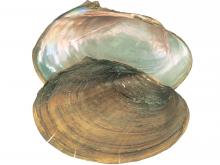
Species Types
Scientific Name
Leptodea fragilis
Description
A widespread mussel that relies on freshwater drum as host fish for the developing young.
Media
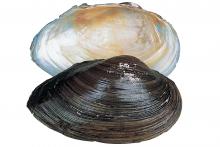
Species Types
Scientific Name
Pygandon grandis
Description
When a floater dies, this large mussel with a thick shell will actually rise to the water surface and float as it decays.
Media
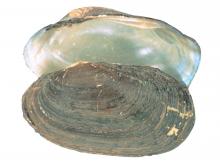
Species Types
Scientific Name
Toxolasma parvus
Description
These diminutive mollusks are the smallest of Missouri’s freshwater mussels.
Media

Species Types
Scientific Name
Quadrula quadrula
Description
The mapleleaf spawns in the summer, using catfish as a host.
Media
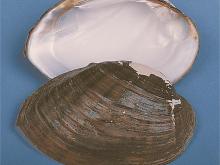
Species Types
Scientific Name
Actinonaias ligamentina
Description
One of the most widespread and numerous mussels in southern Missouri.
Media

Species Types
Scientific Name
Utterbackia imbecillis
Description
Unlike most other freshwater mussels, this species is hermaphrodic: An individual mussel can be both male and female.
See Also
About Aquatic Invertebrates in Missouri
Missouri's streams, lakes, and other aquatic habitats hold thousands of kinds of invertebrates — worms, freshwater mussels, snails, crayfish, insects, and other animals without backbones. These creatures are vital links in the aquatic food chain, and their presence and numbers tell us a lot about water quality.





















